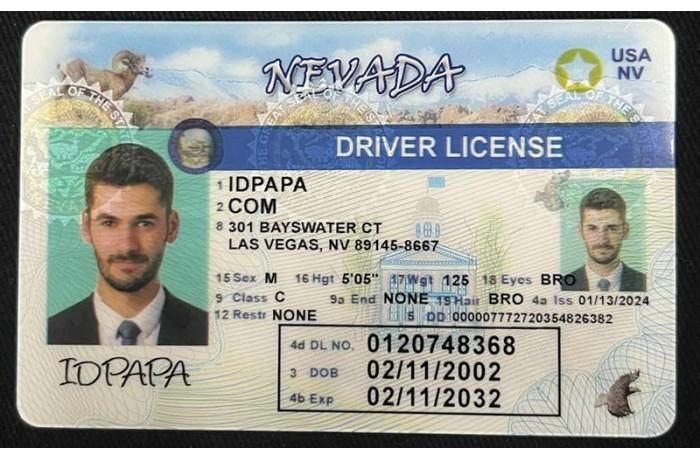The digital realm witnesses a rapid evolution in how we identify ourselves online. Novel technologies are redefining the concept of digital identity, creating both possibilities and enabling a more robust online experience. Self-sovereign identity (SSI) are gaining traction in this space, providing users with increased autonomy over their data and {identities|. This trend is likely to shape various sectors, including finance, healthcare, and government.
- Several key trends include this evolution:
- Biometric authentication
- Machine learning
- The rise ofimmersive experiences
Understanding these shifts is crucial for {individuals|, businesses, and governments to ensure a safe, private digital future.
Combating ID Fraud: Strategies for a Secure Digital World
In today's increasingly digital landscape, identity fraud poses a significant threat to individuals and organizations alike. To successfully combat this growing menace, it is essential that we implement robust security measures and foster a culture of awareness.
Utilizing multi-factor authentication, regularly updating software and devices, and adhering strong password hygiene are basic steps in safeguarding against ID deception. Furthermore, educating users about the threats of phishing scams and other social engineering tactics is indispensable.
Partnership between governments, businesses, and individuals is critical to creating a secure digital environment. By working together, we can mitigate the impact of ID fraud and preserve our valuable information in an increasingly interconnected world.
Navigating the Legal Labyrinth: copyright Laws and Their Implications
The sphere of fake identification presents a complex legal landscape. Laws governing these documents differ widely across jurisdictions, creating a tangled web for both individuals and law enforcement.{ Possession of a copyright can convey in severe consequences, including fines, incarceration, and a criminal record. Moreover, the acquisition of these forged documents can sometimes be connected to more grave wrongdoings, further emphasizing the significance of observance with these laws.
Harnessing Biometrics for Unrivaled Security in Digital IDs
The digital realm is rapidly evolving, necessitating robust security measures to safeguard sensitive information. Person-Specific Identifiers, the science of measuring and analyzing inherent human characteristics, presents a compelling solution for enhanced security within digital ID systems. Harnessing biometrics like fingerprint scanning, facial recognition, or iris authentication, digital identities can be authenticated with unprecedented accuracy and resilience against fraud. This technology not only streamlines identity verification processes but also establishes a secure framework for managing critical personal data in an increasingly interconnected world.
Biometric systems boast distinct advantages compared to conventional methods|. They are inherently difficult to forge or replicate, reducing the risk of unauthorized access and identity theft. Moreover, biometrics simplify user interaction, as users can conveniently verify their identities without relying on physical tokens.
- Despite these benefits| , it is crucial to address potential concerns surrounding biometrics, including data privacy and the possibility of breaches. Robust regulatory frameworks and ethical guidelines are essential to ensure responsible implementation and mitigate any negative consequences.
Balancing Convenience and Privacy: The Ethical Considerations of Biometric Authentication
Biometric authentication provides a seamless way to verify users. However, the growing utilization of this technology raises significant ethical concerns. Collecting biometric data presents a unique set of challenges to user privacy, as this information is intrinsically personal and immutable. Moreover, the potential for abuse of biometric data by unauthorized individuals demands careful consideration concern.
A delicate equilibrium must be achieved between the advantages of convenience and the necessity to protect user privacy. Stringent safeguards, such as data anonymization, explicit consent mechanisms, and stringent regulations are necessary to mitigate these risks and ensure the ethical utilization of biometric authentication.
Ultimately, the goal should be to leverage the potential of this technology while safeguarding the fundamental right to privacy.
Strengthening Trust: Best Practices for Implementing Secure Digital Identity Solutions
In today's increasingly digital world, robust digital identity solutions are paramount to fostering trust and protecting sensitive information. To effectively implement these systems, organizations must adhere to best practices that prioritize confidentiality, visibility, and adaptability. A key component involves implementing multi-factor authentication mechanisms to verify user authorization. Additionally, comprehensive audits and vulnerability assessments are crucial for identifying and mitigating potential vulnerabilities. By adhering to these best practices, organizations can create a secure and Social media and fake IDs trustworthy environment for users while minimizing the risk of fraud and data breaches.
